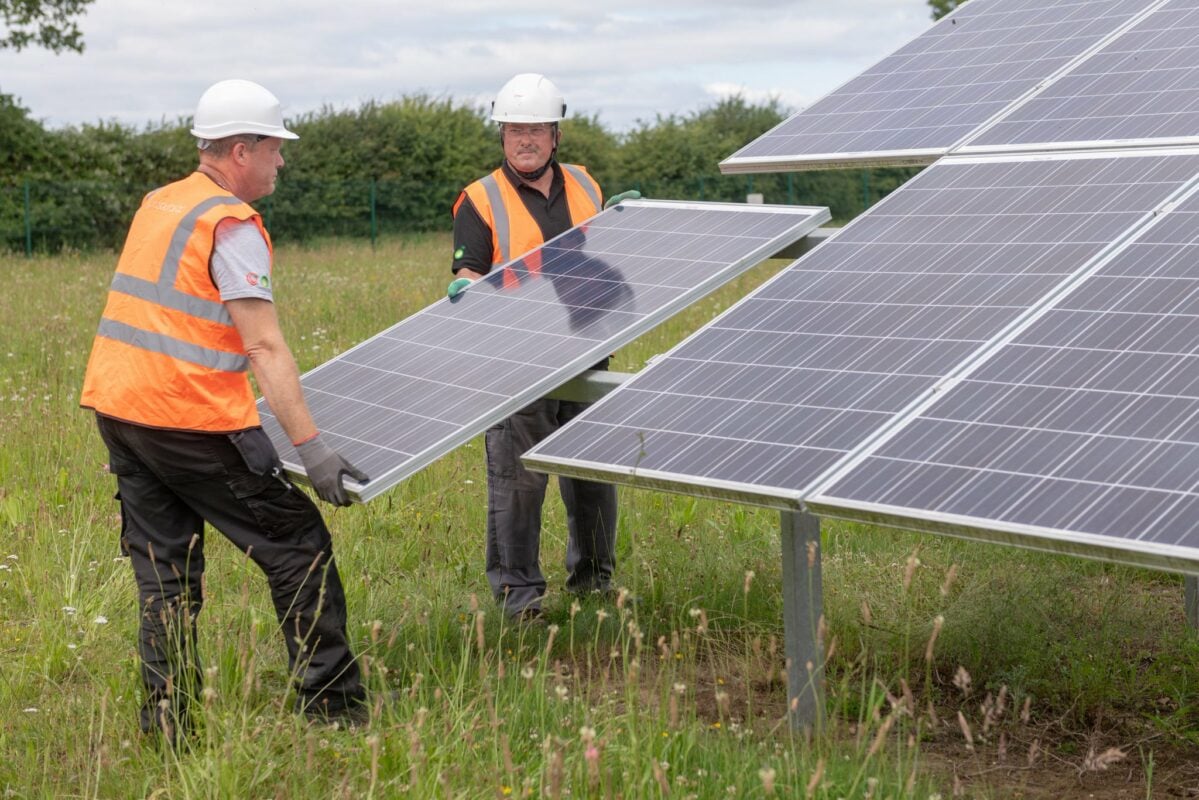
The two solar projects are situated in County Durham. Image: Lightsource bp.
The High Court has ruled in favour of two solar projects being developed by solar developer Lightsource bp in the county of Durham.
The two projects in question are the 49.9MW Sheraton Solar Farm and the 49.9MW Hulam Solar Farm. The Sheraton project would see the construction of underground electricity cables and associated infrastructure to connect the solar farm to the primary proposed substation, which would be erected at Hulam.
According to the judgement papers released by the High Court, the two applications that were made to Durham and Hartlepool authorities were accepted as valid but refused. These were then appealed.
The Court determined that the projects did not comprise a National Significant Infrastructure Project (NSIP), and that the Inspector did have jurisdiction to consider the appeals.
Commenting on the High Court review, Lightsource bp said: “We welcome this judgement, which provides clarity on the appropriate permitting regimes for the Sheraton and Hulam projects.
“We hope to now return to the stalled appeal process, and should it be successful, the two projects will help us to deliver urgently needed clean and affordable energy which will help the UK meet its Net Zero and energy security targets.”
Earlier this year, Solar Power Portal reported that Lightsource bp, Schroders Greencoat and H&M Group confirmed two new solar power stations, with a total power output of around 50MWp in Leicestershire, became operational.
Via a tailored power purchase agreement (PPA) confirmed in 2021, the Streetfields and Northfield House solar projects will supply renewable solar electricity to H&M Group in a bid to reduce the company’s Scope 1, Scope 2 and Scope 3 emissions. The company has established a target to reduce these emissions by up to 56% by 2030.
In December 2022, international PV developer Sonnedix expanded its presence in the UK with the acquisition of a five-project strong solar PV portfolio of 300MW developed by Lightsource bp.
The solar portfolio, which is to be developed by Lightsource bp, is expected to be operational in 2024. These will be situated across different regions in the UK and will produce approximately 300GWh of clean energy during the first year of operation.

